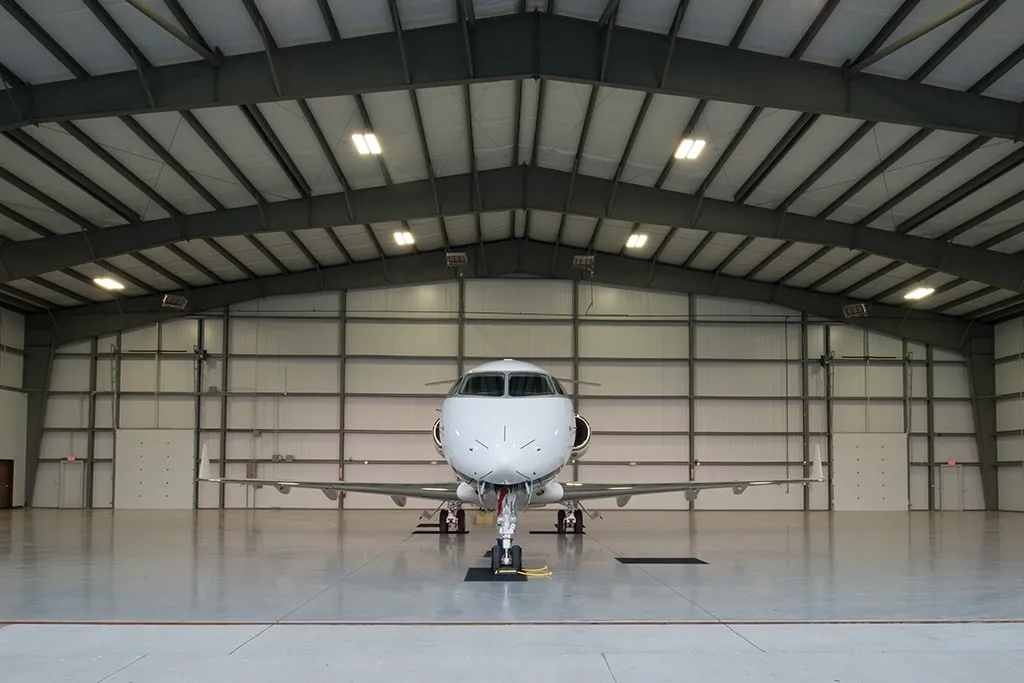- Afrikaans
- Albanian
- Amharic
- Arabic
- Armenian
- Azerbaijani
- Basque
- Belarusian
- Bengali
- Bosnian
- Bulgarian
- Catalan
- Cebuano
- Corsican
- Croatian
- Czech
- Danish
- Dutch
- English
- Esperanto
- Estonian
- Finnish
- French
- Frisian
- Galician
- Georgian
- German
- Greek
- Gujarati
- Haitian Creole
- hausa
- hawaiian
- Hebrew
- Hindi
- Miao
- Hungarian
- Icelandic
- igbo
- Indonesian
- irish
- Italian
- Japanese
- Javanese
- Kannada
- kazakh
- Khmer
- Rwandese
- Korean
- Kurdish
- Kyrgyz
- Lao
- Latin
- Latvian
- Lithuanian
- Luxembourgish
- Macedonian
- Malgashi
- Malay
- Malayalam
- Maltese
- Maori
- Marathi
- Mongolian
- Myanmar
- Nepali
- Norwegian
- Norwegian
- Occitan
- Pashto
- Persian
- Polish
- Portuguese
- Punjabi
- Romanian
- Russian
- Samoan
- Scottish Gaelic
- Serbian
- Sesotho
- Shona
- Sindhi
- Sinhala
- Slovak
- Slovenian
- Somali
- Spanish
- Sundanese
- Swahili
- Swedish
- Tagalog
- Tajik
- Tamil
- Tatar
- Telugu
- Thai
- Turkish
- Turkmen
- Ukrainian
- Urdu
- Uighur
- Uzbek
- Vietnamese
- Welsh
- Bantu
- Yiddish
- Yoruba
- Zulu
Oct . 17, 2024 13:36 Back to list
Understanding Steel Structure Costs Factors and Implications
Steel structures have become a popular choice in modern construction due to their durability, flexibility, and cost-effectiveness. However, when considering a building project, one of the most critical components to assess is the overall cost associated with steel structures. This article delves into the primary factors that affect the cost of steel structures, providing insight for architects, builders, and investors alike.
1. Material Costs
The most significant component of the total cost of a steel structure is the price of steel itself. The fluctuations in global steel prices can be attributed to various factors, including supply and demand dynamics, raw material costs, and geopolitical influences. When planning a project, it's essential to keep an eye on market trends to estimate material costs accurately. For instance, during times of economic growth, demand for steel typically rises, leading to increased prices. Conversely, during economic downturns, prices may stabilize or even drop, offering potential savings for construction projects.
2. Fabrication and Delivery
After procuring the steel, the next cost component involves fabrication. This process includes cutting, shaping, and assembling steel sections into components that can be easily transported to the construction site. The complexity of the design, the volume of materials required, and the techniques used in fabrication all impact costs. Additionally, transportation fees play a crucial role. Depending on the location of the fabrication facility relative to the construction site, logistics expenses can significantly influence the overall budget.
3. Labor Costs
Labor costs are a critical component of the total expenditure on steel construction. Skilled labor is required for welding, assembling, and erecting steel structures, often resulting in higher wage demands. Factors such as regional labor market conditions, availability of skilled workers, and project timelines can affect labor costs. In locations where labor is scarce, costs can escalate, potentially impacting project viability.
steel structure cost

4. Design and Engineering
The complexity of the structural design and engineering also contributes to the cost of steel structures. Customized designs that require innovative solutions or advanced engineering will generally incur higher costs than standard structures. Engaging qualified engineers and architects who specialize in steel structures can provide value, but it is an additional expense that must be factored into the overall budget. Furthermore, complying with local building codes and regulations can introduce additional costs related to design modifications and inspections.
5. Site Preparation and Foundation
Before erecting a steel structure, significant site preparation may be necessary. This can involve grading, excavation, and the construction of a suitable foundation. These activities can vary widely in cost depending on site conditions, existing structures, and geographic location. A solid foundation is vital for supporting steel structures, and any unforeseen challenges during site preparation can lead to cost overruns.
6. Long-term Considerations
While the initial costs of steel structures can appear high compared to other materials, it’s essential to consider the long-term benefits. Steel structures offer excellent durability, require minimal maintenance, and provide energy-efficient solutions. Over time, these advantages can result in substantial cost savings, making steel an attractive option for both commercial and residential projects.
Conclusion
When evaluating the cost of steel structures, it is necessary to look beyond the initial expenses and consider various factors such as material costs, fabrication, labor, design, and site preparation. Understanding these elements will enable stakeholders to make informed decisions, ensuring that projects remain within budget while achieving the desired quality and durability. As steel remains a staple in modern construction, being well-versed in its cost implications will better position builders and investors to harness its full potential.
-
How Do Prefabricated Steel Structures Transform Modern Construction?
NewsJul.14,2025
-
How Do Prefabricated Metal Buildings Redefine Modern Construction?
NewsJul.14,2025
-
How Do Prefab Insulated Metal Buildings and Steel Structures Revolutionize Modern Construction?
NewsJul.14,2025
-
How Do Pre - Engineered Steel Structures Redefine Modern Construction?
NewsJul.14,2025
-
Advancing Modular Construction with Prefabricated Metal Structures
NewsJul.14,2025
-
Advancing Industrial Infrastructure with Prefabricated Steel Solutions
NewsJul.14,2025
Products categories
Our Latest News
We have a professional design team and an excellent production and construction team.












